site search
online catalog
NEW JERSEY STATE CONTRACT RIFLED AND SIGHTED 1827 DATED WICKHAM M1816 H&P CONVERSION FOR NEW JERSEY REGIMENTS GOING INTO FEDERAL SERVICE

Hover to zoom

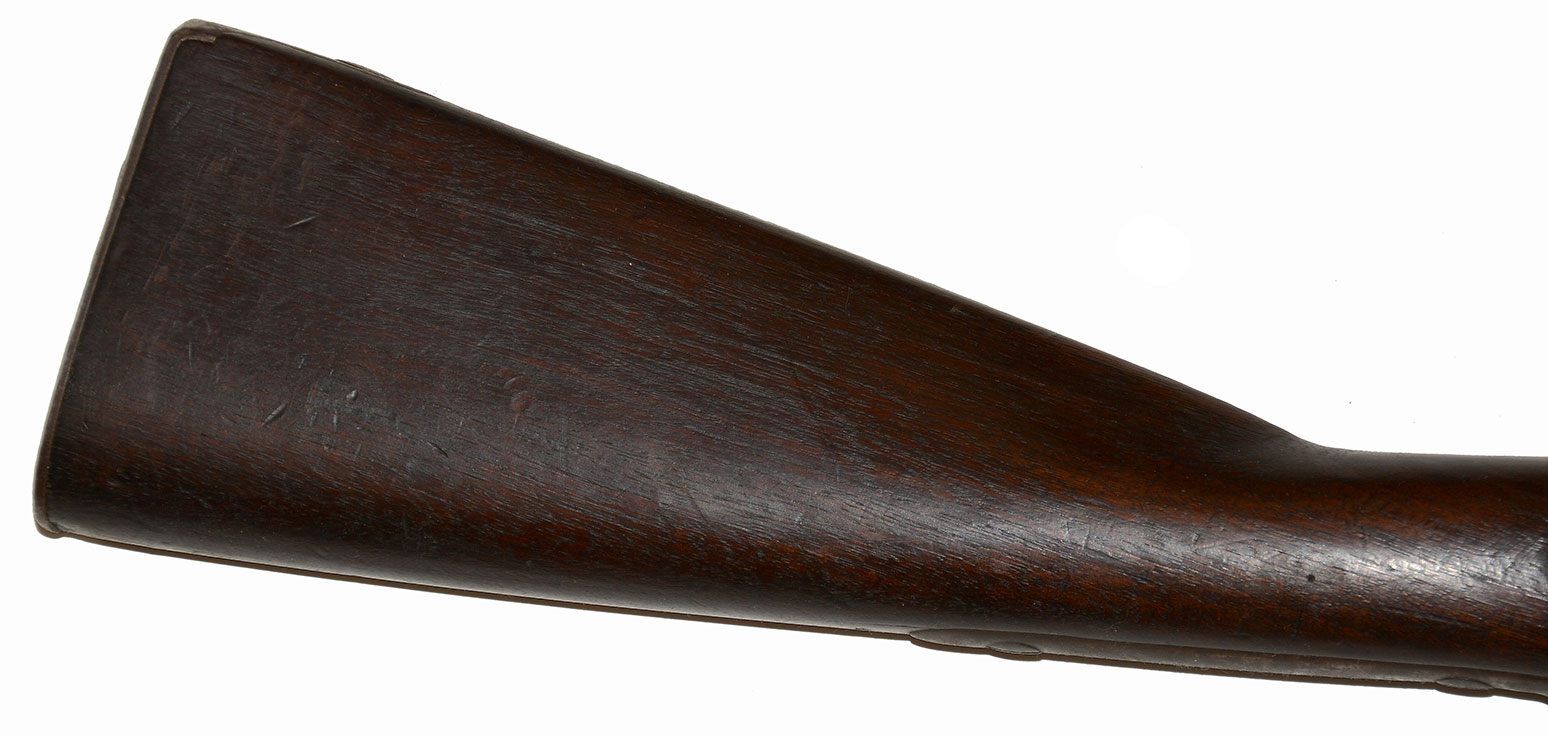


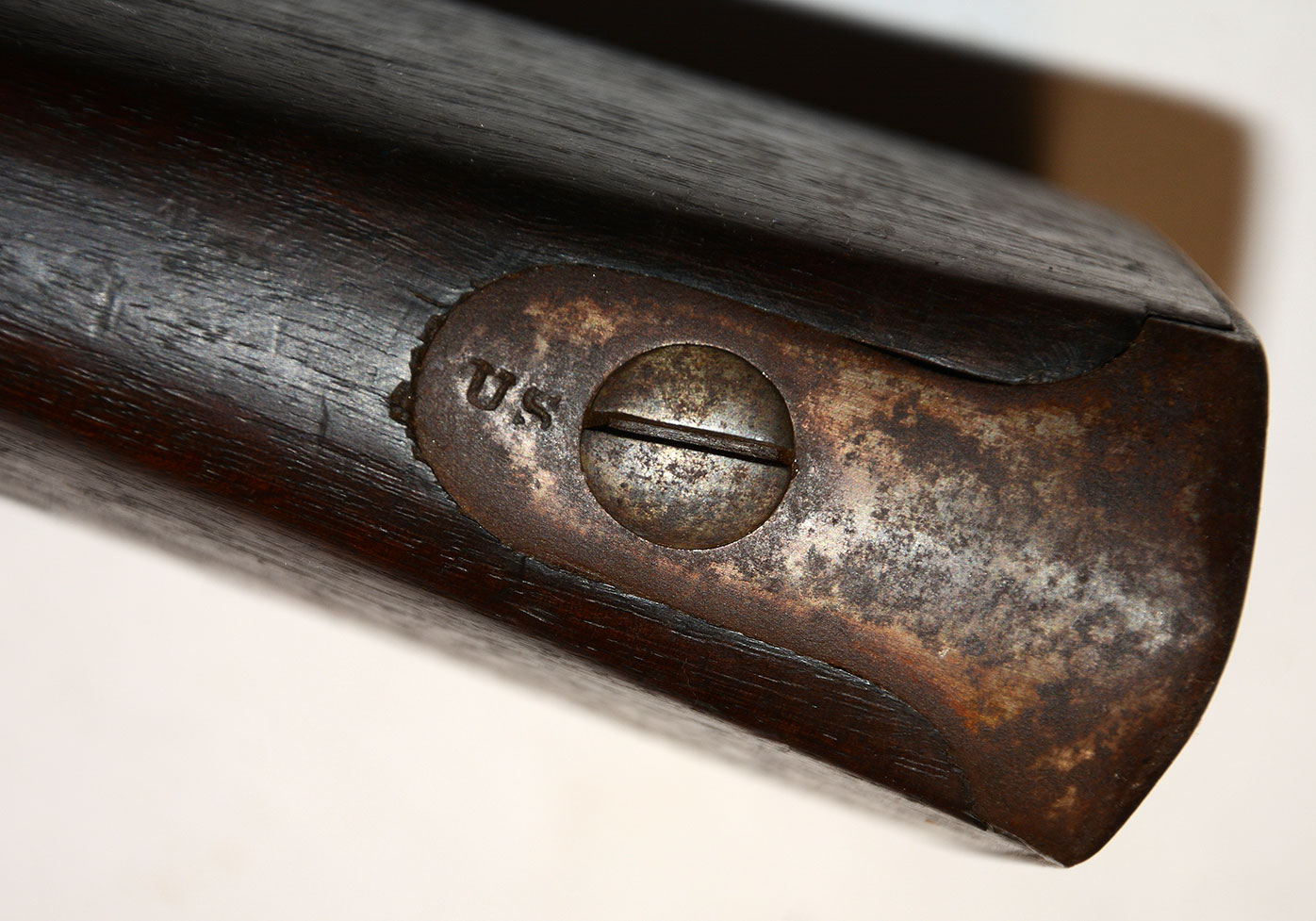
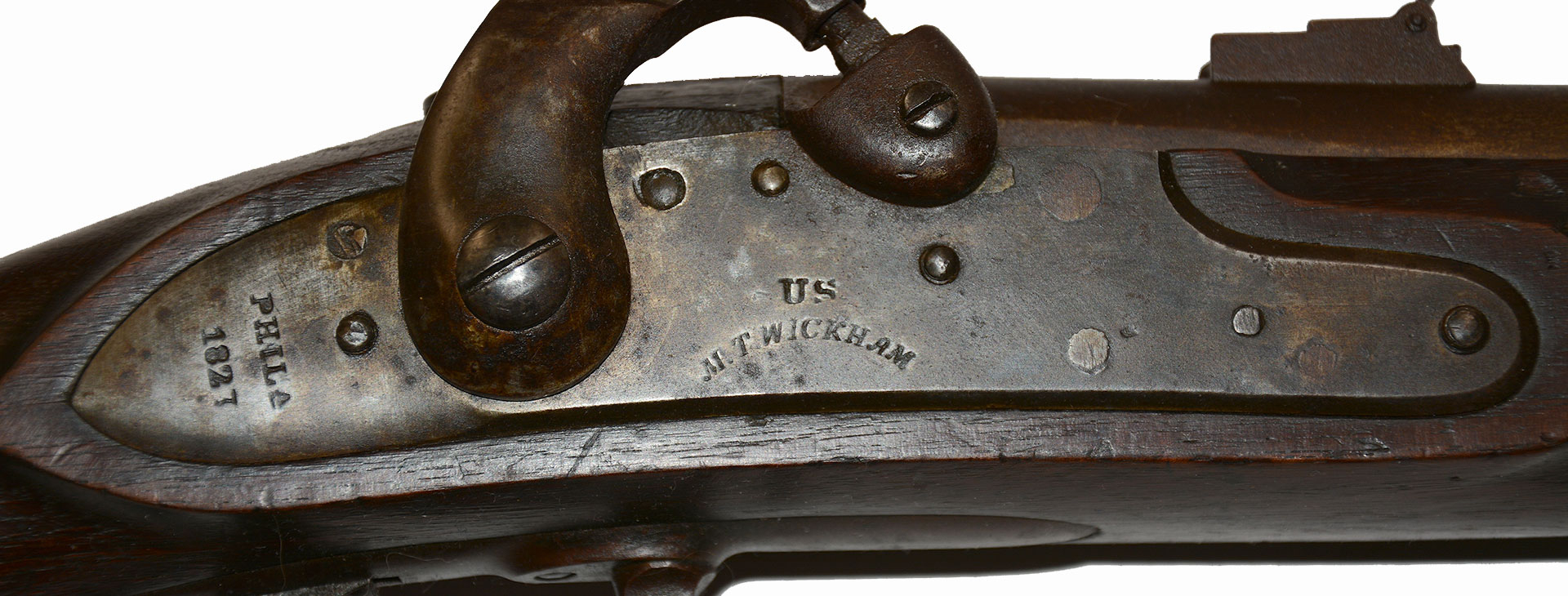

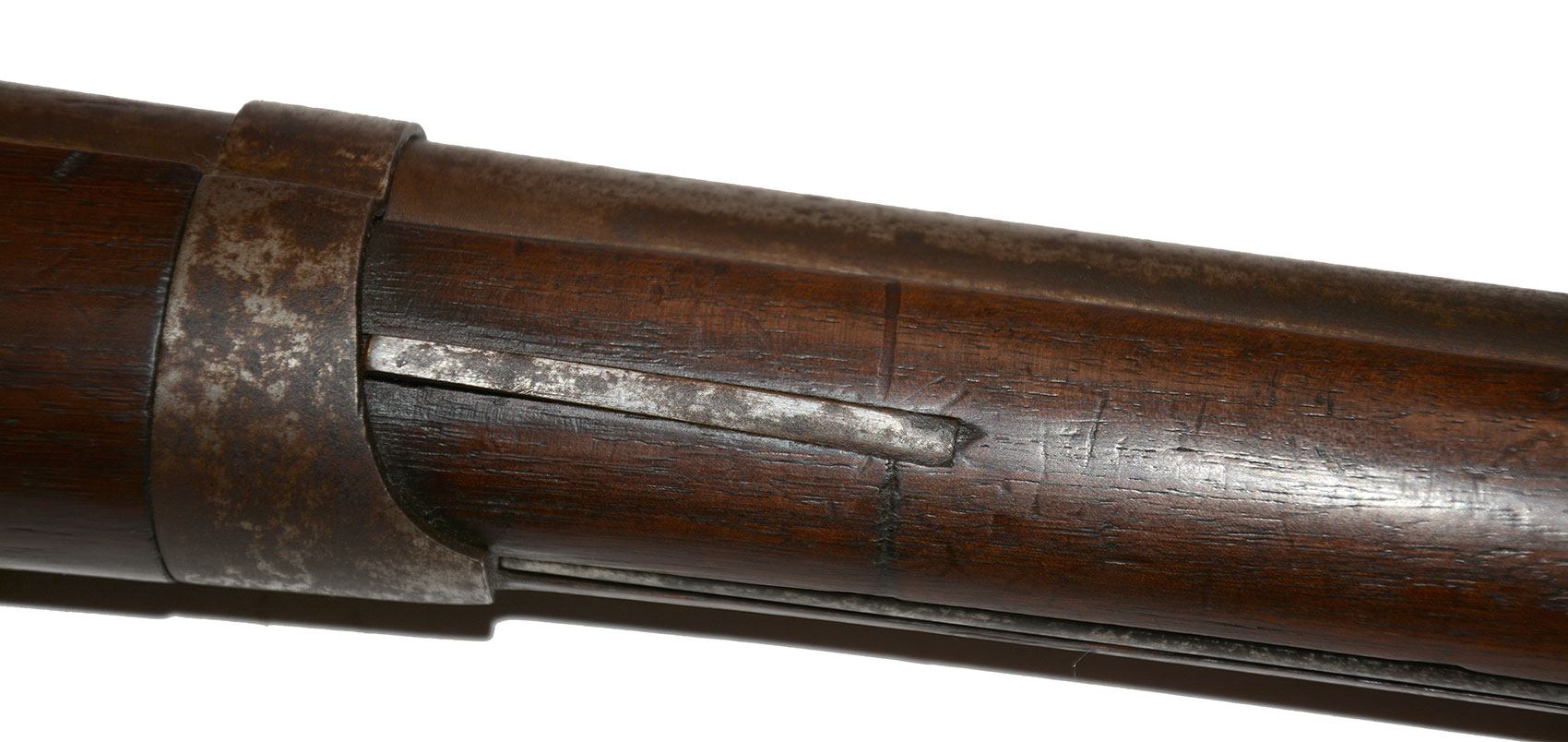
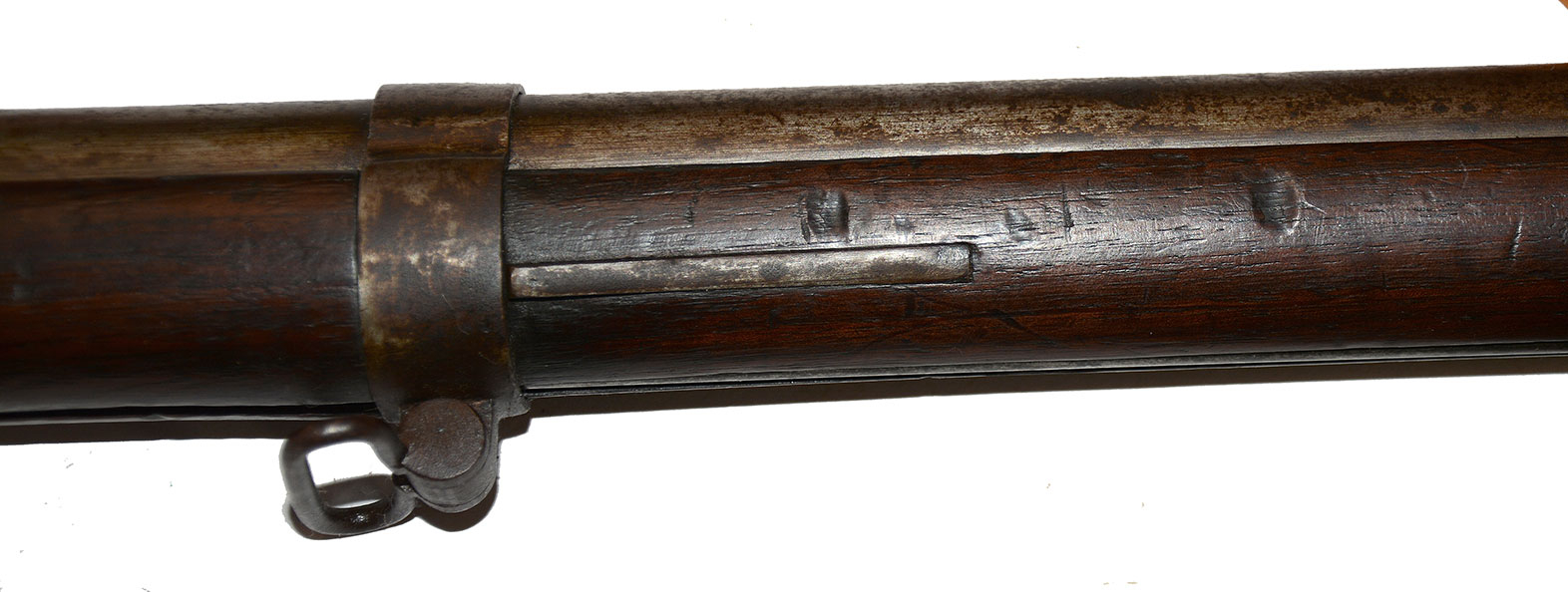
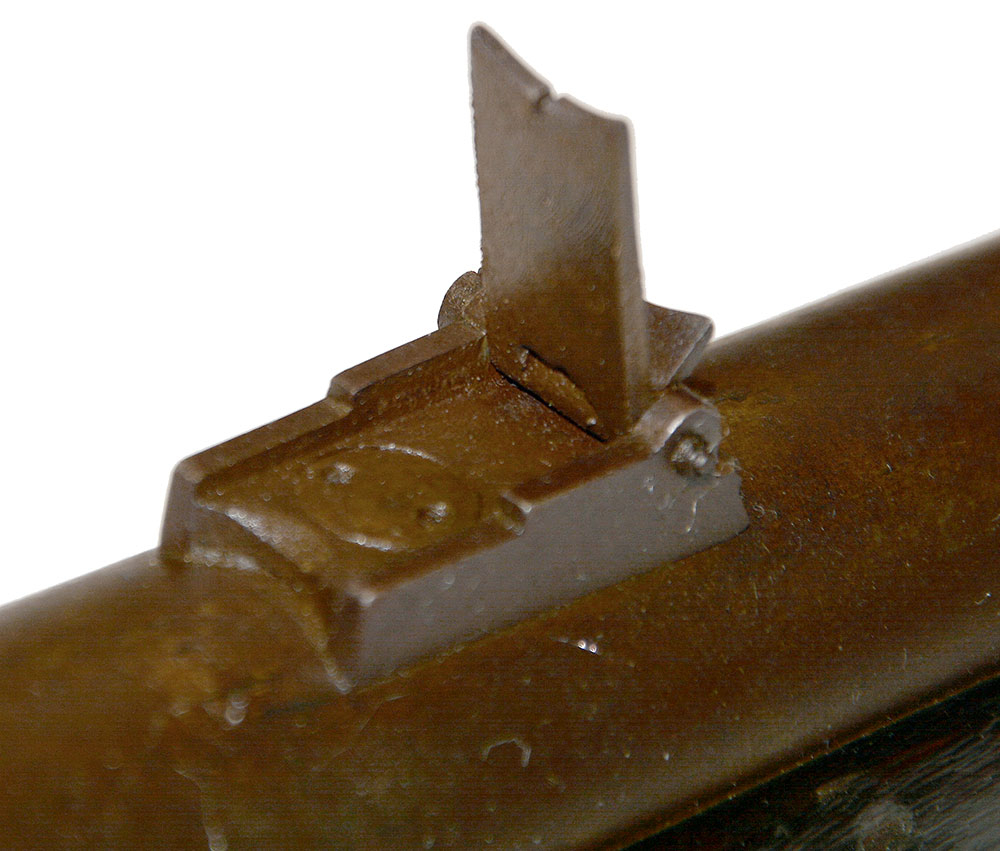
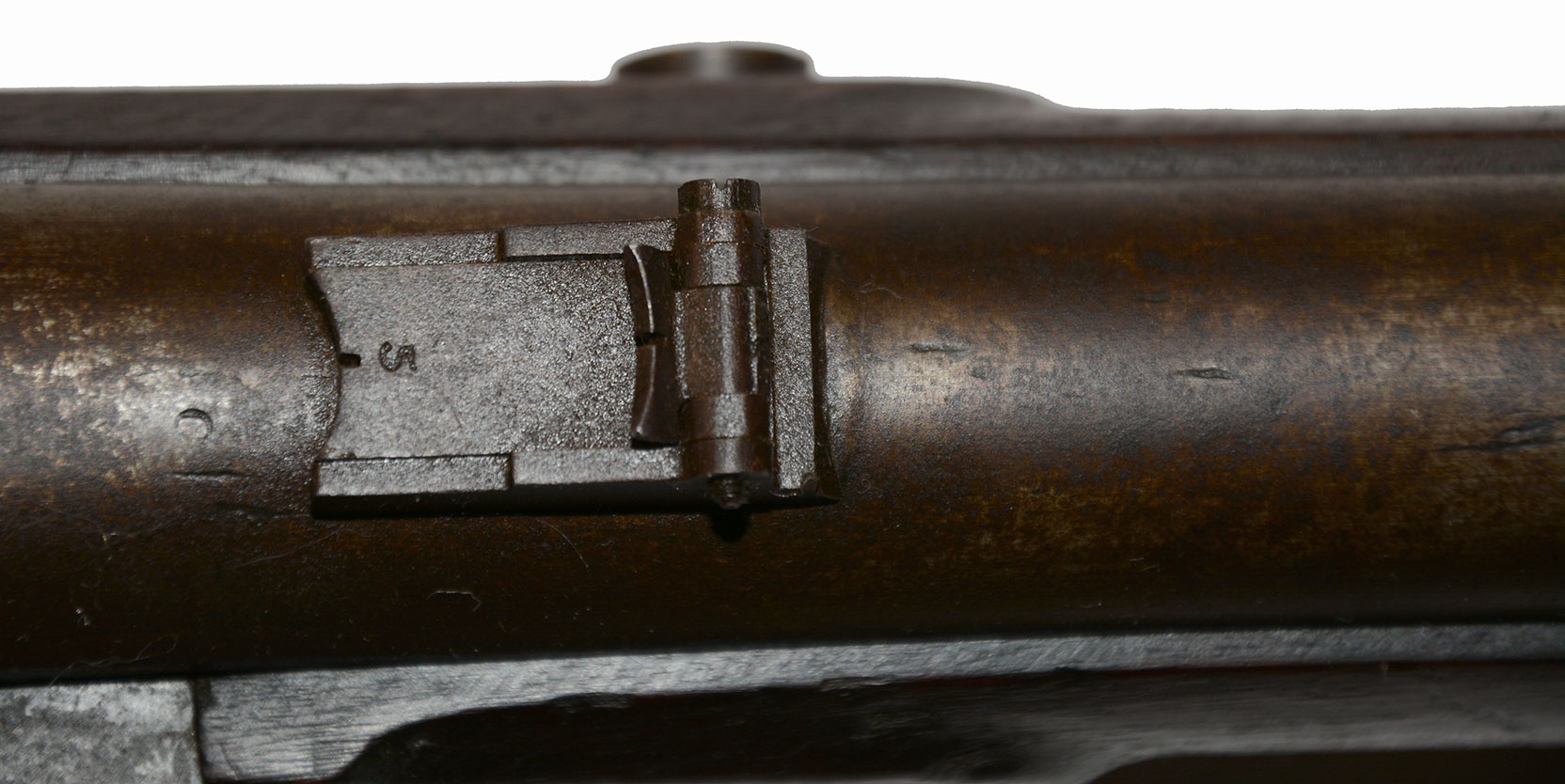

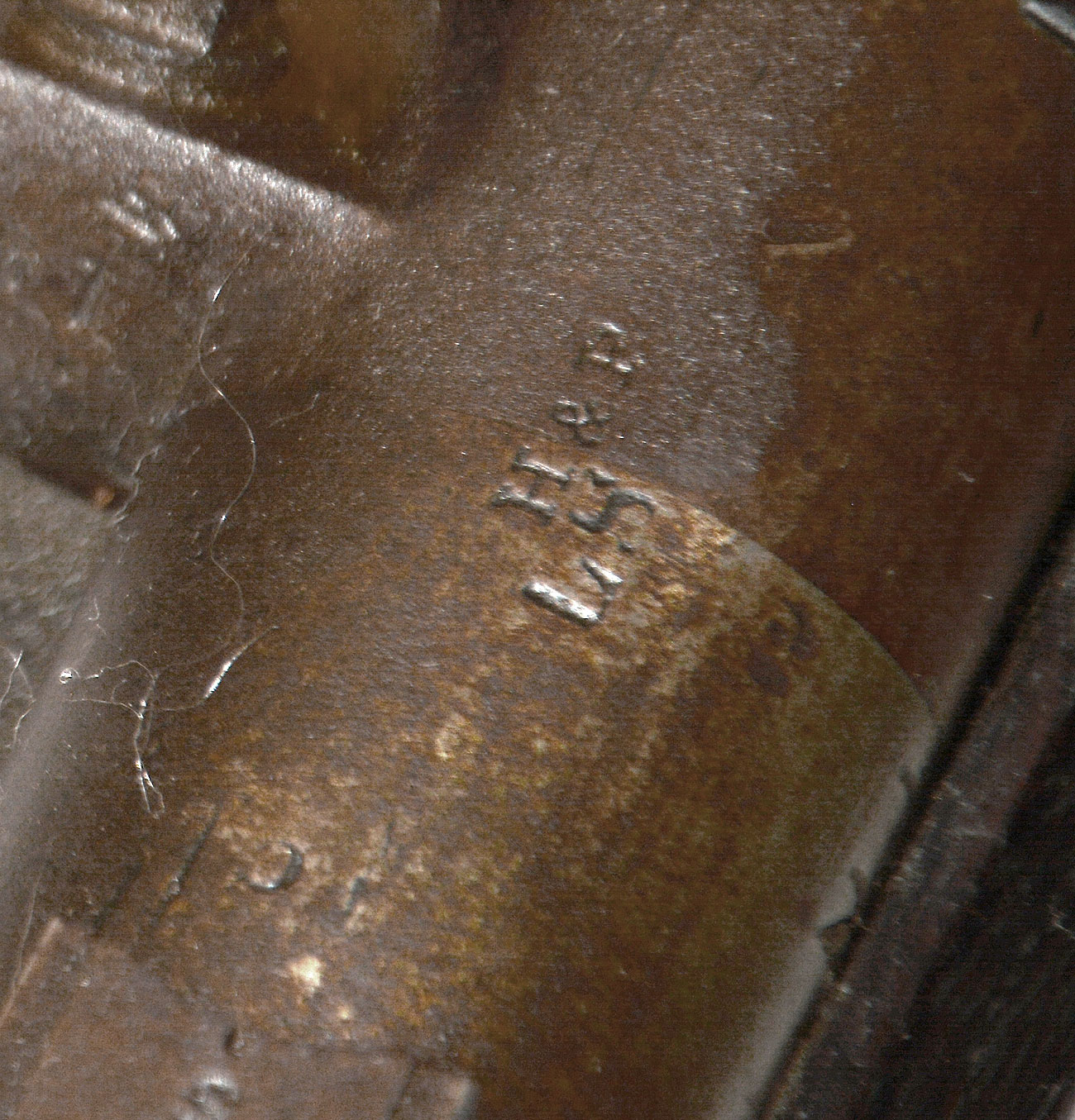
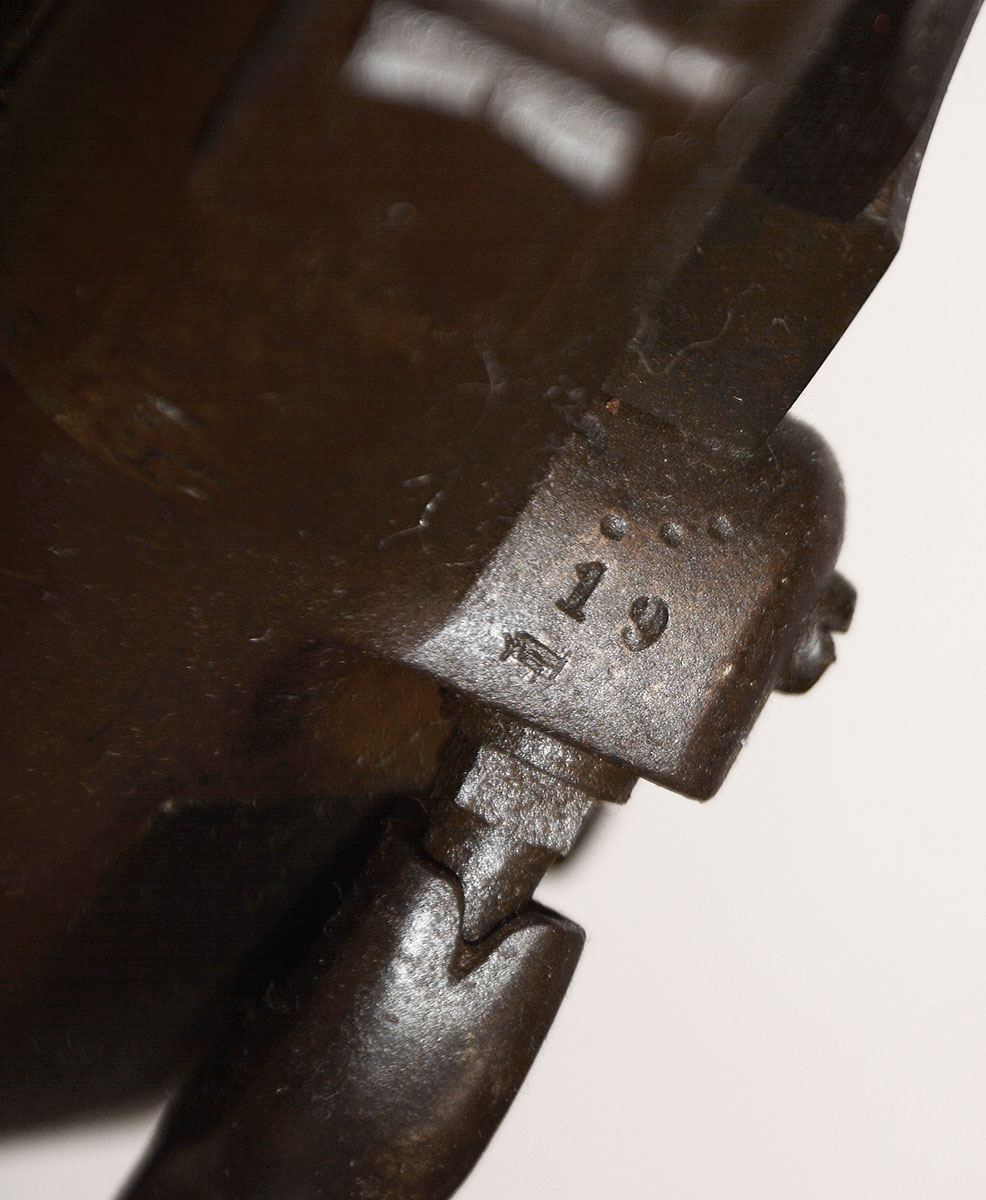

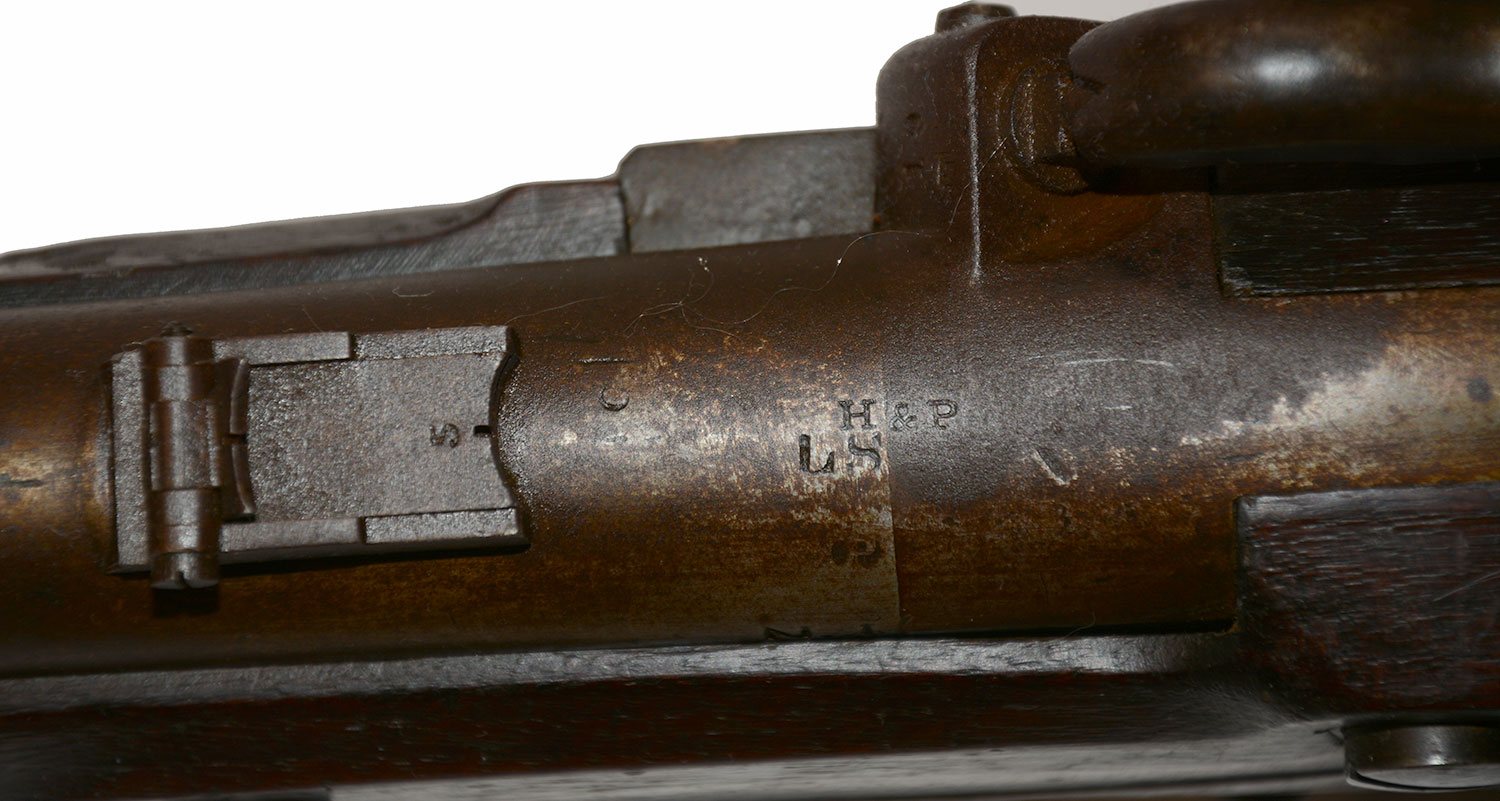
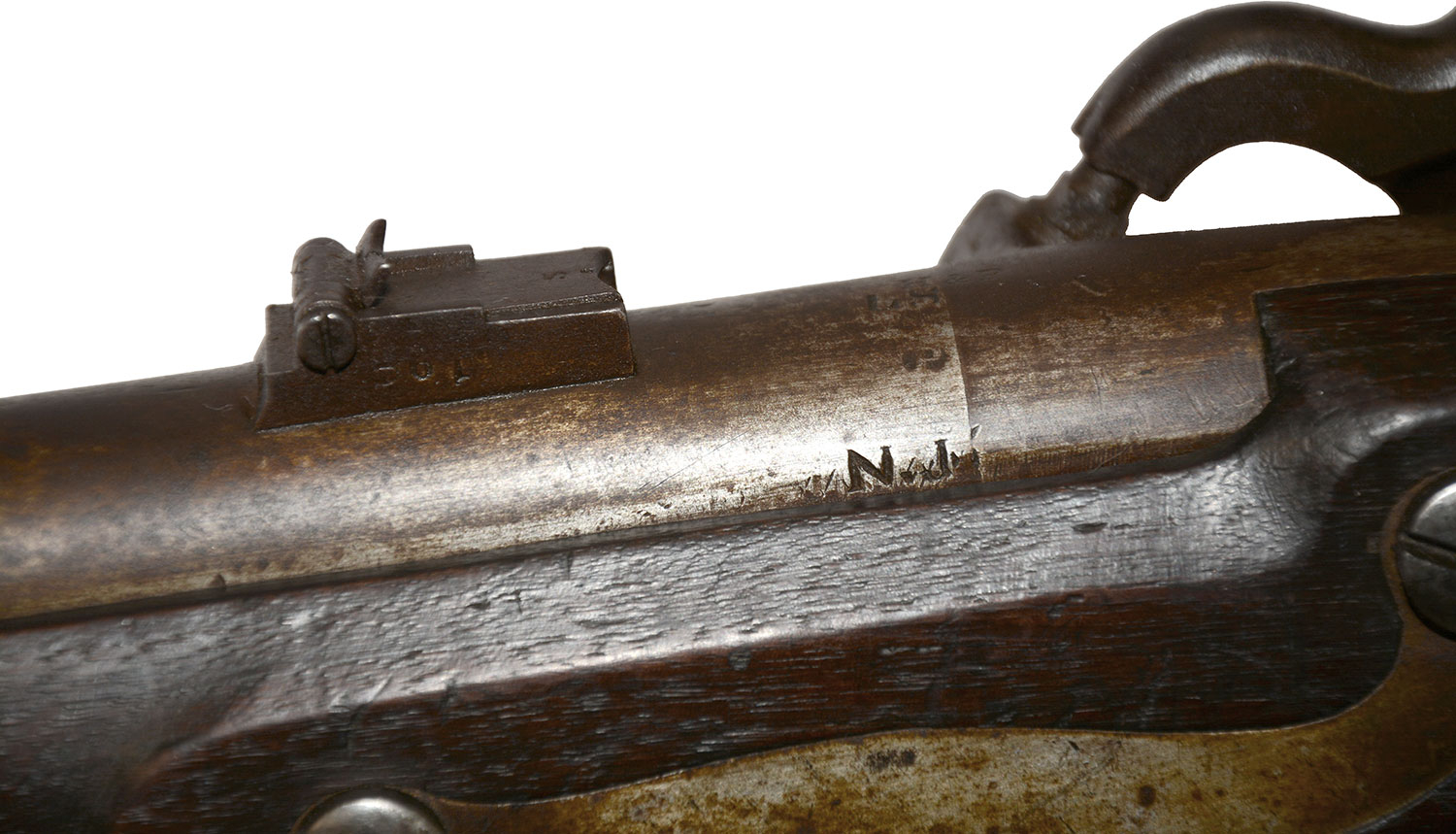
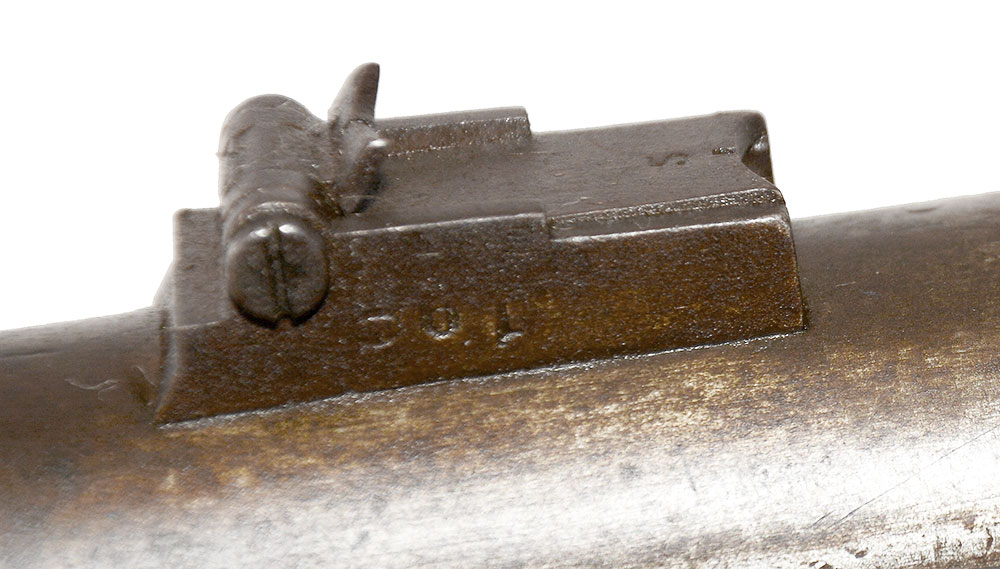
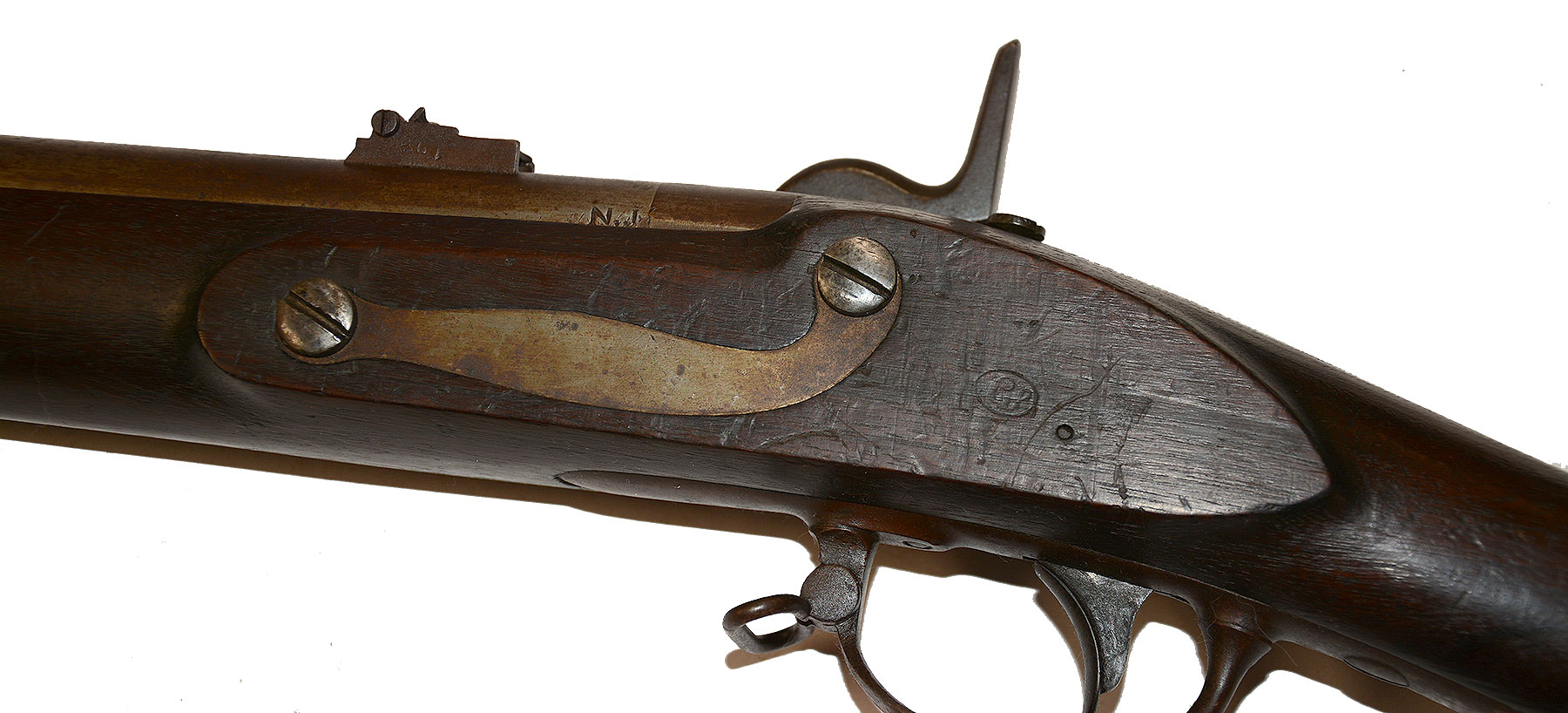


$2,400.00 SOLD
Quantity Available: None
Item Code: 218-596
New Jersey had begun altering its flintlock muskets in limited quantities starting in 1856, following the general trend of bringing older arms still in good condition up to par with the new 1855 series of percussion, rifled arms. A January 1861 inventory showed 7,446 flintlock muskets still in state hands. After the war broke out the state authorized on May 10 the immediate alteration of them all, “for the several regiments that were raised from New Jersey for federal service” (Moller V.2 p.71.)
Cone-in-barrel conversions to percussion had proven unsafe in some arms from the higher pressures generated by rifled arms firing the Minie ball. The NJ QM General thought the safer “chambered breech” conversion, although more expensive, produced a, “sightly, reliable and durable arm,” and the state contracted with two firms, Hewes and Phillips, and Field and Horton, to do the work, which involved cutting the barrel at the breech and installing a screw-in percussion breech with an integral tang. (It is unclear if the rifling was done by the contractor or at the state arsenal.) This is a very good example of the alteration by Hewes and Phillips, who did the lion’s share of the work: some 7,000 guns by Moller’s estimate. Their H&P stamp appears on the top of the barrel at the breech, overlapping the chambered breech. Below that are the original barrel inspection and proof marks of Luther Sage, an “LS,” and a “P” in an oval. Further down on the left side is the state ownership mark “NJ.” As is correct on these, the external flintlock elements have been removed from the lock plate and their screws ground flush. Moller notes two slightly different bolster shapes in the H&P alterations. This appears to use the more rounded “Type-I,” but does not show any remnants of the pan beneath it, which Moller notes. The “Type-II” cut some of the lock plate, doing away with any remnants of the pan, but used a more angular bolster. This may just be a fluke in altering this particular musket. We also do not see the 1861 date on the breech tang that Moller notes on both types though, again, some variations are possible in altering 7,000 guns. As is correct with the NJ state contract alteration by Hewes and Phillips the bolster has a clean-out screw.
The musket itself is a contract-made US Model 1816, Type-II, with the sling swivel rivetted to the triggerguard bow, which is rivetted to the trigger plate. The lockplate is smooth metal, sharply marked PHILA / 1827 at the rear and “US” over “M.W. WICKHAM” in an arch just forward of the hammer, just slightly rubbed, indicating it is one of 10,000 made by Marine T. Wickham under a U.S. contract of 6 December 1823 and likely one of the 1,900 delivered in 1827, and was later delivered to the state under the terms of the 1808 act for arming the militia. The remaining original barrel markings are mentioned above. We note also a mating number “19” on the bolster, along with three punch dots. This is likely matched elsewhere on the gun, but we have not taken it apart. Mating numbers were necessary for reassembly of arms with non-interchangeable parts after both the percussion conversion and rifling of the barrel.
The wood has a nice, deep brown color, good surface, tight fit to the metal and good edges to the lock apron, counterpane and barrel channel. We see just some scattered, small pressure dents from handling and storage. The metal is generally smooth, with just a little crustiness on the buttplate tang some roughness on the nipple and rear sight. The lockplate shows mottled grays and blues from old case hardening. The rest of the metal shows a mix of gray and brown. All slings, bands, swivels, etc., are original and in place. The ramrod is the correct cupped rod used for .69 caliber rifled conversions for the Minie ball.
As is correct, the front sight is an iron blade, mounted on the forward strap of the double top barrel band, and the rear sight is an 1858-style two-leaf long range sight, mounted backwards, with the longer, upper leaf numbered “5” for 500 yards, reading upside down so that it is correctly seen by the shooter when the leaf is down. The action is good- strong and crisp. The bore is bright and clean, with good rifling.
This is very good looking rifled-musket showing one of the many attempts by both federal and state authorities to update their weapons, but is also the specific result of the pressing need to get adequate arms into the hands of the large number of volunteers in the first two years of the war, and independent action by a particular state. Even after the .58 caliber rifle muskets had become the predominant issue infantry weapon these .69 caliber rifled muskets were still on the books, as evidenced by the production of Model 1864 cartridge boxes for .69 caliber elongated rounds. This also has a very tight New Jersey connection for Civil War collectors concentrating on that state. [SR] [ph:L]
DISCLAIMER: All firearms are sold as collector's items only - we do not accept responsibility as to the shooting safety or reliability of any antique firearm. All firearms are described as accurately as possible, given the restraints of a catalog listing length. We want satisfied customers & often "under" describe the weapons. Any city or state regulations regarding owning antique firearms are the responsibility of the purchaser. All firearms are "mechanically perfect" unless noted, but again, are NOT warranted as safe to fire.
~~~~~~~~~~~~~~~~~~~~~~~~~~~~~~~~~~~
THIS ITEM, AS WITH ALL OTHER ITEMS AVAILABLE ON OUR WEB SITE,
MAY BE PURCHASED THROUGH OUR LAYAWAY PROGRAM.
CLICK HERE FOR OUR POLICIES AND TERMS.
THANK YOU!
Inquire About NEW JERSEY STATE CONTRACT RIFLED AND SIGHTED 1827 DATED WICKHAM M1816 H&P CONVERSION FOR NEW JERSEY REGIMENTS GOING INTO FEDERAL SERVICE
Most Popular
Historical Firearms Stolen From The National Civil War Museum In Harrisburg, Pa »
Theft From Gravesite Of Gen. John Reynolds »
Selection Of Unframed Prints By Don Troiani »
Fine Condition Brass Infantry Bugle Insignia »
Large English Bowie Knife With Sheath 1870’S – 1880’S »
Imported (Clauberg) Us Model 1860 Light Cavalry Officer's Saber »
featured item
PROMOTED CAPTAIN ON THE SPOT ON THE BATTLEFIELD OF BENTONVILLE - THE EFFECTS OF DWIGHT DIVINE
This grouping includes a Kepi, a greatcoat, a sash and a pair of "full dress" epaulettes all belonging to 2nd Lieutenant to Major Dwight Divine, 143rd New York Infantry. For the history of the 143rd New York infantry please follow this link… (1268-309). Learn More »


